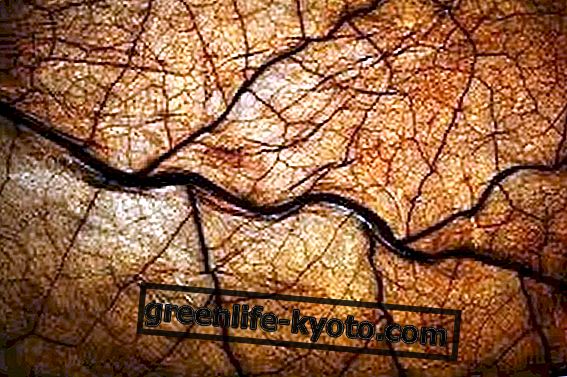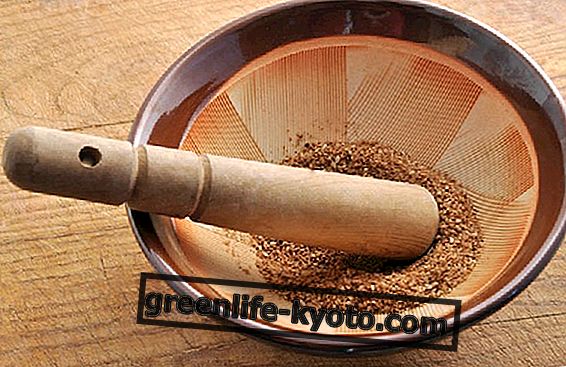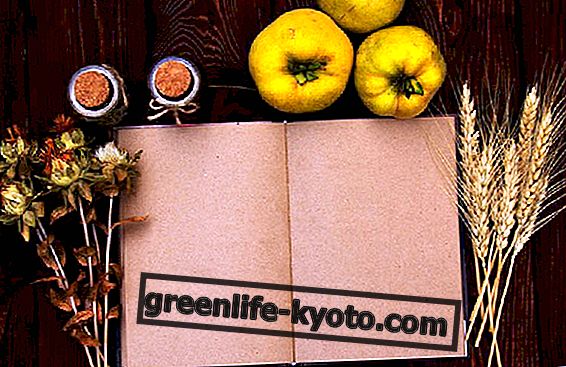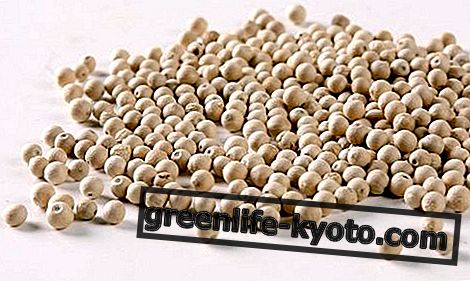
The mastic is an evergreen plant typical of the Mediterranean scrub that grows up to 4 meters in height. Its scientific name is Pistacia lentiscus and belongs to the botanical family of Anacardiaceae to which also pistachio belongs.
The mastic grows with a low tree bearing and with a crown of a diameter of even 3 meters, has glossy green oval leaves and flowers in summer in green flowers if it is a female specimen or in red inflorescences if it is male.
After pollination in the female specimens we will find the small and round fruits that will ripen in the winter season. The peculiarity of the mastic is the aroma of its leaves and its branches which sees it used in herbal medicine and in the industry of perfumes and beauty products.
The mastic has in fact a trunk covered with a particular reddish bark that produces a lot of resin . This resin production was once used as a mastic but is currently used more for medicinal purposes.
The lentisk is a very important plant for reforestation in fact it is a rustic and robust tree that grows even in the most difficult conditions and is thus able to cover marginal areas and rocky slopes.
From a flower and nursery point of view the lentisk is excellent because it grows luxuriant even in the poorest soils and does not need great care .
Growing needs of the mastic tree
The mastic tree as we have said is a very rustic plant that is suitable for the Mediterranean climate and has no particular needs in terms of fertile soil.
This bushy tree loves sunny areas even if it has no problems growing even in areas of partial shade. Moreover it resists very well to winter cold so much to be able to bear up to -10 ° C without suffering damage.
In the case of particularly cold mountain areas, then it requires a protected position such as near walls in the southern area or with the arrival of the cold season it must be protected with nonwoven tissue.
The wind is not a problem for the lentisk, indeed it also bears very strong currents and gusts of high speed like those that hit the Mediterranean coast areas.
In the first and second year of life, the lentiscus waterings are used to make the young seedling grow well and, in the drier periods of the summer, it needs water at least once a month.
For the mastic tree we can make a little fertilizer in spring or autumn to help it grow, but it has no particular needs as it is a plant with little need for humus.
How to cultivate the mastic tree
The mastic is an easy plant to find in nurseries and in the agrarian because of its wide use in our climate and for its rusticity. But we can also think of sowing the mastic tree starting from the harvest of the fruits.
Sowing the mastic is very simple because it is sufficient to bury the seeds in autumn in jars in the seedbed or even directly in the open field after having slightly moved the soil. Subsequently the seeds will need water to start sprouting and to make the first rootlets appear.
When the lentisk germinates, we will have to wait for the first four leaves to snack to assess the strength of the plant . The most resistant plants are usually selected to be eventually transplanted in the open field.
Another method of propagation is the cutting : to make the cutting of the mastic it is necessary to cut a branch often at least a finger, deprive it of all the leaves and bury it half in soil. It will take a few days to allow the mastic to develop new roots from the base of the cutting and then we will see new leaves appear in the apical part of the cut branch.
Once the new cutting plant is developed, we can transplant it into the open field. Sometimes it is possible to put the lentiscus cutting directly in the open field and for this reason it is advisable to make the lentiscus cutting in spring when it is easier to grow for the mastic roots.
The mastic tree, once it is grown it will need some pruning more than anything else if we want to give it a more aesthetically pleasing shape or if we want to grow it as a hedge.
When we prune the mastic we must not be afraid because it is a plant that bears cuts well and we can therefore better adapt it to the shape we prefer. All dry, broken or in any case damaged branches must be cut and above all for the first few years: pruning can be more intense allowing it to give shape to its foliage. Lentisk pruning is usually done in autumn around October or November when the plant is more at rest.
Collection and use of the mastic tree
When we collect the mastic we must know what its use is because there are more products that can be collected from it.
Mainly from the fruit we get a vegetable oil and from its trunk a resin but we can also obtain the aroma as a stration of essential oil and we can use its flowers, its leaves and even its wood .
For the lentisk drupes, the harvest took place down in antiquity precisely to extract a vegetable oil with multiple uses: at the food level as a condiment similar to olive oil, at a health and medical level to disinfect wounds and soothe the skin but also as fuel for lamp oil.
The oil extracted from the fruits is also excellent for massages and has decongestant properties of the lymphatic system.
In addition, the mastic produces from the trunk a resin that was used in traditional medicine to combat problems of the digestive system such as ulcers and stomach inflammation.
This resin was also useful as a mastic and its aroma is even extracted and used in the cosmetic and confectionery industries .













